People call them weeds, but I call them dinner.
Whether it’s your only option for a meal or you’re simply trying something different, this collection of edible weeds offers a readily available, reliable, consistent, and nutritious source of food.
Let’s get into it.
Before You Pick and Eat
Common sense dictates that you should never eat what you can’t identify. Become familiar with the universal edibility test, or check out our comprehensive guide on foraging, but the most basic rule is do not eat a wild plant you haven’t positively identified.
It’s that simple.
Luckily for you, this list features common edible weeds you’re likely already familiar with, and if you aren’t they’re easy to identify.
How to Eat Edible Weeds
Stuff it in your mouth and chew, right? Yeah, pretty much, but we’ve got room to expand on that a little.
Generally you’ll find yourself eating the leaves of most of these plants. Technically you could eat these plants and leaves at any stage of their development. However, just like baby spinach and lettuce, the younger leaves of a plant are more tender and tasty, less bitter, and all around more enjoyable.
Selectively harvesting the youngest leaves of these edible weeds is the path to a more enjoyable meal. Older leaves, stems, and flowers tend to have a more rigid composition and are more bitter; edible, sure, but far from tasty.
To Cook or Not To Cook?
Tender young leaves are easily eaten raw, like a salad, but tougher material can be boiled and/or sauteed to make it more palatable. And don’t worry about these weeds losing any of their nutritional content.
Scientific American clarifies that except for a degradation of vitamin C, cooking vegetables does not do significant damage to the nutritional content. In fact, cooking your plants of any type makes the food easier to digest and its nutritional content more readily available.
A Little Bit of Everything
These edible weeds are varied in their taste, but just like greens from the supermarket, you want to shoot for variety in your diet. A big bowl of red and green lettuce, spinach, and arugula sounds far more appealing than an undiluted serving of solely spinach.
Although you could eat pounds of purslane and have a full belly before you know it, it’s going to get real old, real fast. You’ll also exhaust an entire supply of food if you’re in a survival scenario.
Ideally you’ll have a mixed batch of greens to dine upon for a more diverse flavor, and a more balanced set of nutrients.
You can expand your diet even further with some edible bugs or even acorns, and really round out your options.
Is That an Oil Patch?
We live in a very polluted world rife with pesticides, herbicides, and other nasty chemicals.
Be mindful of the surrounding environment and pollutants near wherever you’re picking your weeds from.
Even weeds from your garden could potentially be tainted by fertilizers and herbicides.
10 Edible Weeds
Dandelion
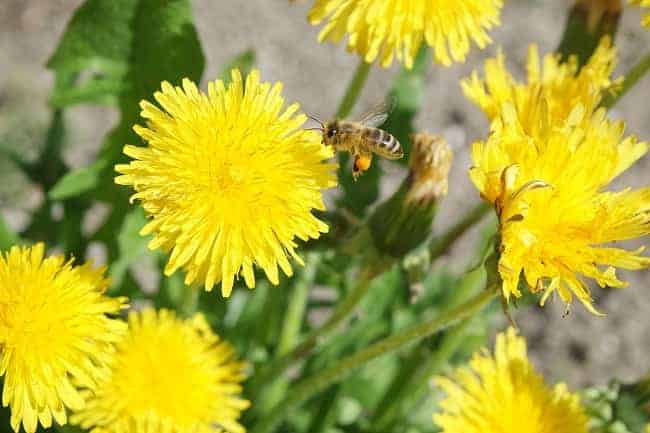
A familiar sight, the common dandelion (Taraxacum officinale) is 100% edible and full of vitamins and minerals. By weight it has more beta carotene than carrots.
The leaves can be eaten raw and have a tangy taste, the root can be ground into coffee or eaten, and the flowers serve as a garnish, a food stuff, or can be made into wine.
Curly Dock
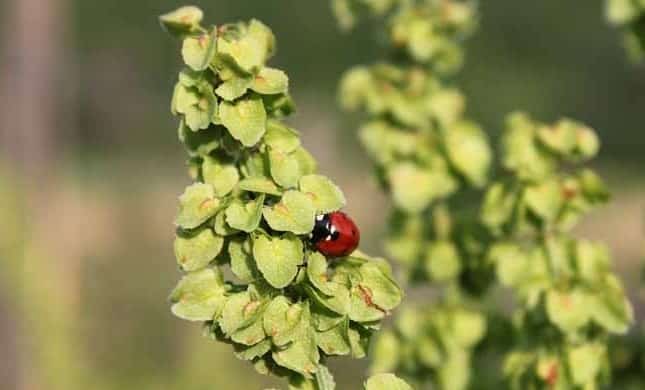
An ugly and obnoxious plant in the yard and garden, curly dock (Rumex crispus) is easily identified and an edible, almost tasty option.
Tons of vitamin C and zinc will be found in curly dock, and the seeds are loaded with fiber. The stem can be eaten raw or cooked once it’s peeled.
Chickweed
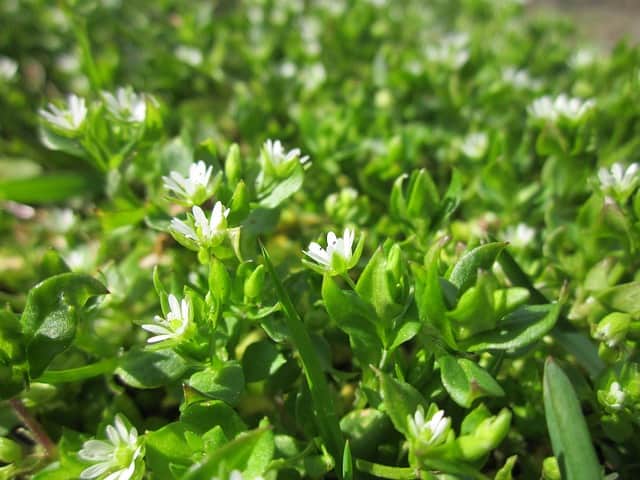
Ever-present where you don’t want it to be, chickweed (Stellaria media) is a delicate plant with a delicate flavor.
Loaded with vitamins and minerals, the leaves and flowers can be eaten raw or cooked.
I’ve added this to my sandwiches at work and find the flavor pleasant. It can be applied as a poultice to minor wounds and scratches.
More on medicinal plants.
Chicory
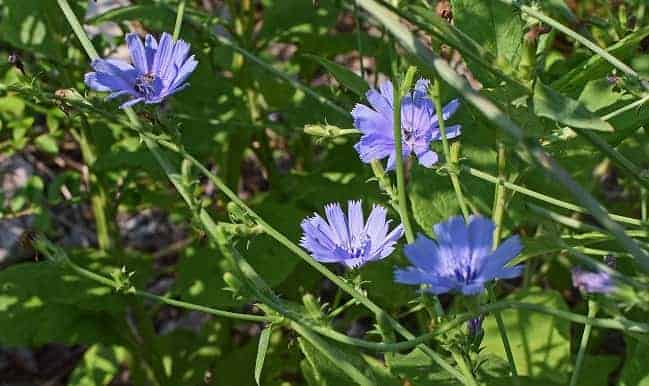
A familiar inhabitant growing on the side of the road, chicory (Cichorium intybus) has a soft-blue flower and grows up to about two feet in height.
It possesses a bitter flavor but has been used to cleanse toxic parasites from your system. The roots can be ground up and used as a coffee substitute.
Violets
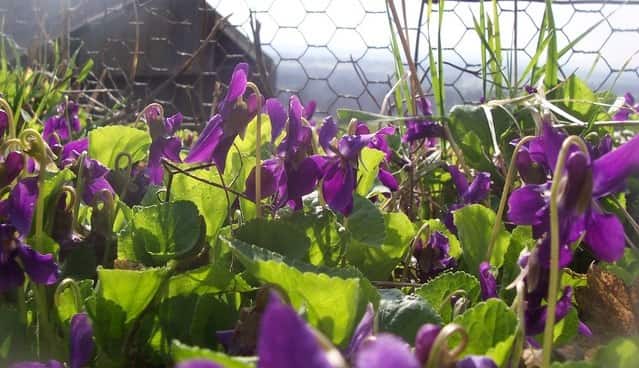
Closer to the sweet end of the spectrum, wild violets (Viola sororia.) is an iconic flower of the springtime and is often found growing in your lawn and untouched borders of a property.
It’s edible, can serve as an appealing garnish, and grows just about everywhere.
Plantain
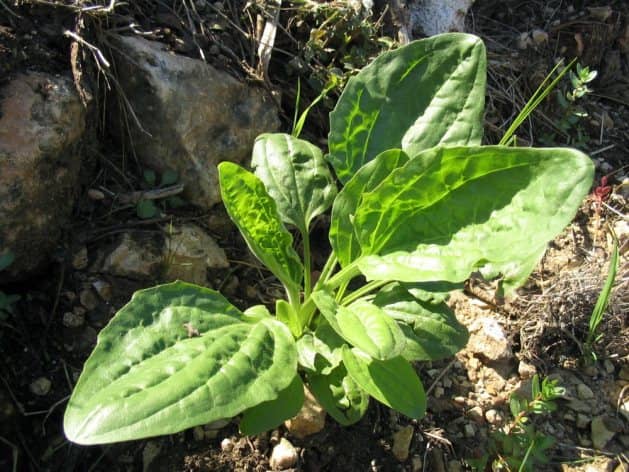
We aren’t talking bananas here,but the common weed plantain (Plantago major). It’s a funny little plant, obnoxious but beneficial as an edible weed.
Better yet a tea can be made from the dried leaves and used to aid in bouts of constipation or diarrhea, or sprayed on sunburn, insect stings, and poison ivy rashes to alleviate the symptoms.
More on wild plant teas.
Onion Grass
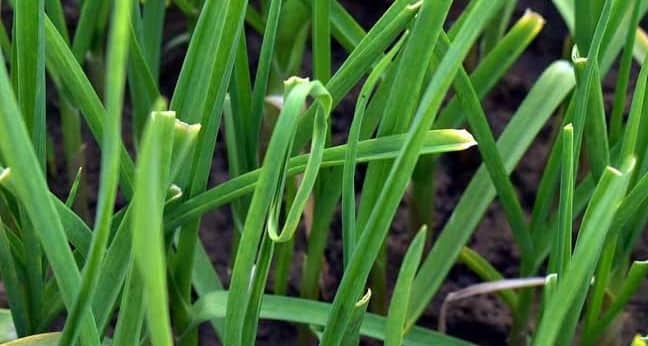
It’s easy to identify wild onion grass (Allium canadense) by its aroma; grind up those leaves and it’ll smell like (shocker) onion.
Use this edible weed for the extra flavor it provides in cooking in general. Its flavor is akin to chives, albeit a bit stronger than what we’re familiar with from the grocery store.
Purslane
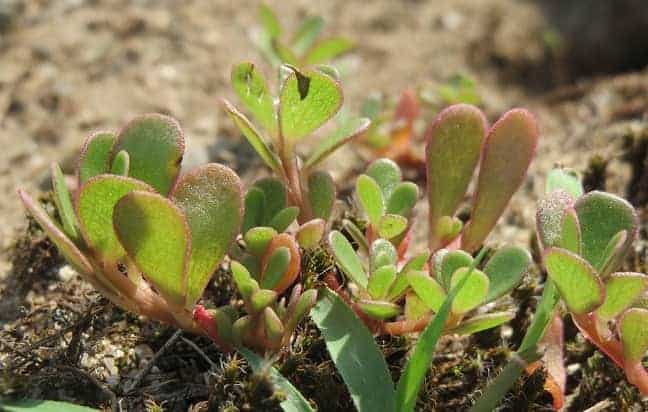
A funky plant with succulent leaves, you’ve probably seen purslane (portulaca oleracea) growing on your sidewalk, along the driveway, or other impossible places where plants shouldn’t grow.
Its flavor is almost salty, somewhat sour, but its succulent leaves add a lot of texture to your meal. Similar taste to spinach, and loaded with antioxidants, vitamins, and minerals.
Wood Sorrel
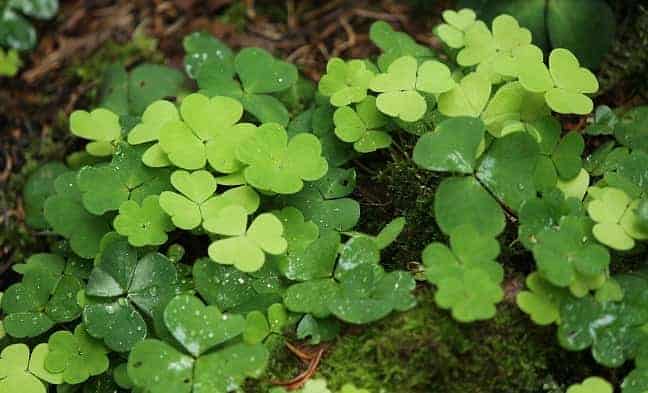
A favorite of mine, wood sorrel (Oxalis spp.) looks like giant, misshapen clovers. Its flavor is sour and distinct, but it’s super tender and a delight to eat.
Easily spotted wherever it grows; just don’t eat too much at one time or you could get an upset stomach. Best used as a refreshing bite or as an accompaniment to your salad.
Garlic Mustard
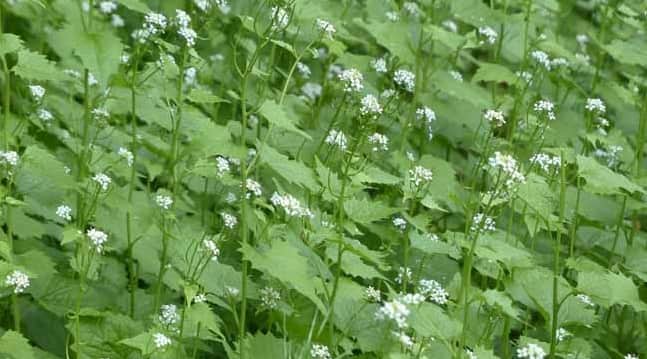
Gee, I wonder what this tastes like. Garlic mustard (Alliaria petiolata) is a very common weed in the heat of the summer.
Its leaves are pretty tough, but in the right recipe it’s a delicious weed and is excellent when paired with fish.
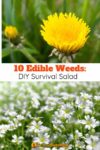
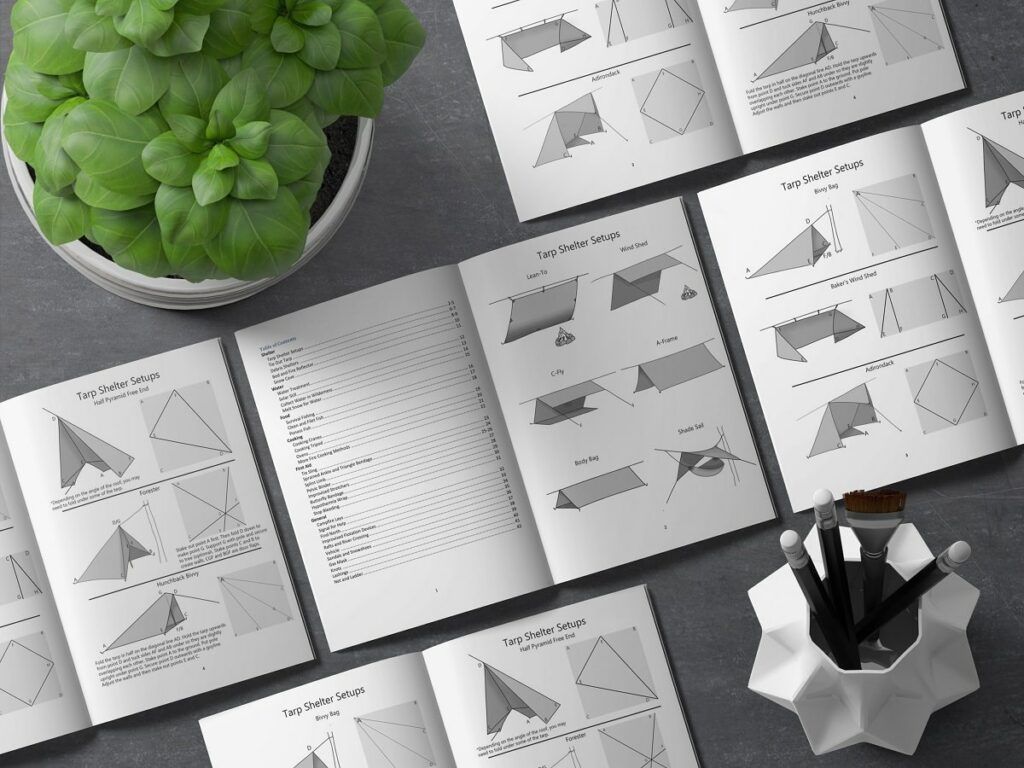

Your photos for Plantago Major and for wild violet are wrong. Plantain has very distinctive veins , and wild violets are very similar to pansies in their formation.
Otherwise, good article!
Hey Diana, thanks for the catch, have updated the images (Editor error!)
I liked your edible weed article but would have liked to know where you are located as some of these may not be in my area.
Hey Linda, thanks for pointing that out.
Thanks to worldwide traffic and trade it’s a safe bet that most, or all, of these weeds are somewhere nearby. For example the dandelion is native to Eurasia, but it’s a very familiar site in North America. Most of these plants are hardy as heck and will survive in USDA plant hardiness zones 2 through 10, meaning they can tolerate extremely cold winters or very hot summers, so as long as the weather is even marginally on their side they’ll get to growing.
As far as where exactly to look for these weeds, they’re all opportunistic growers. Although they prefer sunshine, water, and good soil, they’ll notorious for growing pretty much anywhere they can.
I hope this is helpful, Linda, thank you for reading and taking the time to comment!